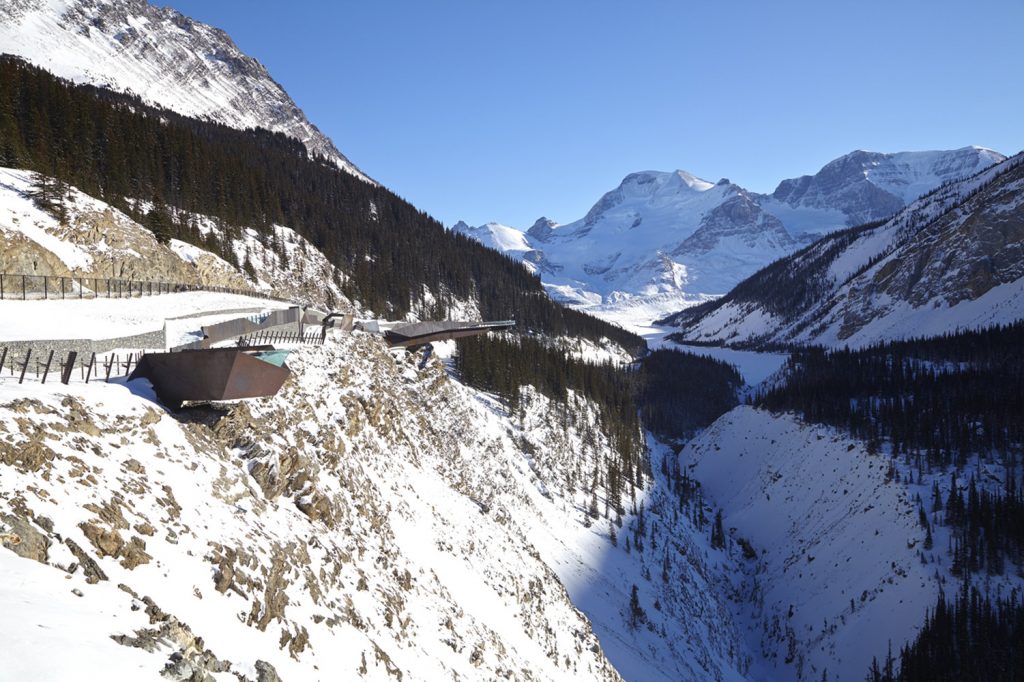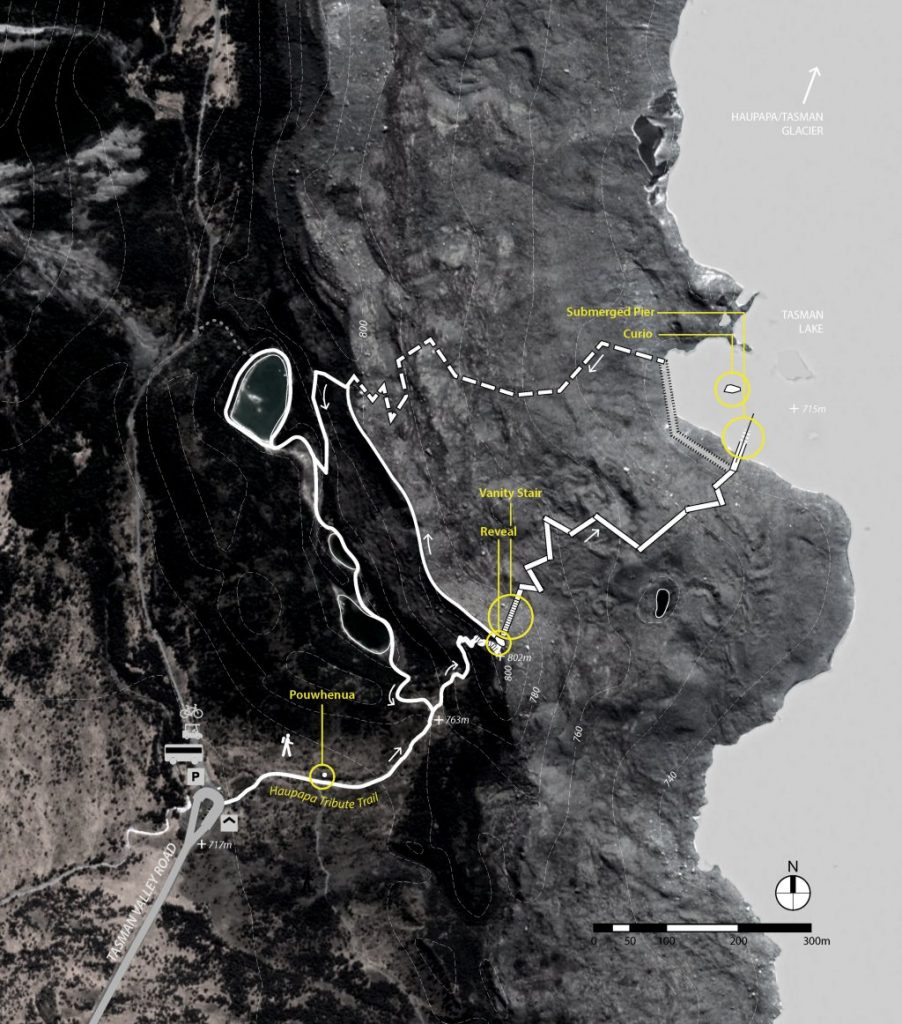Glaciers are a slow-moving mass of ice that are created through the accumulation and compression of snow on mountains or near polar regions. Glaciers are dynamic and recharge each year, melting during the summer and then capturing snow, which then compacts and turns to ice, during the winter. This process is referred to as diagenesis1.
[1] Taillant, Glaciers: The Politics of Ice.
Why are glaciers important?
Glaciers have a variety of important functions, including:
The storage and provision of water. Glaciers store water and feed rivers and groundwater that is then used for human and industrial use.
The survival of their respective native vegetation. The melting of glaciers provides water for vegetation near glaciated areas, especially in elevated environments where water is scarce.
Aesthetics and recreation. Glaciers contribute to a variety of outdoor recreational activities such as mountaineering, hiking, or skiing.
They provide a glimpse into history. As glaciers are formed by layers of ice layering year by year, the sampling of ice provides insight into atmosphere conditions of the past1.
[1] Taillant.
What are the different types of glaciers?
Ice sheets. These are large masses of glacial ice that are also referred to as continental glaciers. There are two major ice sheets that currently exist, one in Greenland and one in Antarctica, each covering tens of thousands of square kilometers of land1.
Ice shelves. These are floating ice sheets that extend from land masses. They create a barrier around land that slows the migration of ice sheets into the ocean and may contribute to the slowing of sea level rise due to this function2.
Icebergs. These are not a type of glacier, but rather pieces of a glacier that are broken off ice shelves in a range of sizes. They provide nutrients as they melt that act to nourish plankton, fish, and other aquatic life3.
Additionally, while not a glacier itself, there is another region with large amounts of stored ice called the periglacial environment. These environments store these quantities of ice below the surface of the earth. During the winter, the periglacial environment freezes, capturing humidity underneath and storing it as ice. It subsequently warms and melts in the summer, releasing water to the lower ecosystem. Some portions called permafrost, however, are continuously frozen, or frozen for a large percentage of the time. A characteristic of the periglacial environment is a lack of vegetation, as plants have difficulty surviving in the thaw-freeze cycles. These environments will survive beyond the melting of glaciers, and therefore may play an important role in water provision4.
[1] Knight, Glaciers.
[2] “Glaciers, Ice Sheets, and More: A Primer on the Different Types of Polar Ice.”
[3] “Glaciers, Ice Sheets, and More: A Primer on the Different Types of Polar Ice.”
[4] Taillant, Glaciers: The Politics of Ice.
What are the current impacts on glaciers?
Due to rising temperatures, spurred by climate change, glaciers are shrinking and being pushed up vertically as they move to cooler environments. As the climate becomes too warm, glaciers will melt altogether, and will no longer serve their important role of storing and releasing water back into the environment1.
Other anthropogenic activities have an impact on glaciers, with increased industrial activity near glaciers being one of them, as they alter the microclimates around glaciers. The dust and particles from industry can also contaminate glaciers and provoke glacial melt. The activities of industry emit carbon as well, interfering and darkening the surface, triggering temperature changes2.
[1] Taillant.
[2] Taillant.
What are the impacts of disappearing glaciers?
As glaciers melt, chunks of ice may fall into lakes and valleys below. They can also dam lakes, which, when melted, will release large amounts of water rapidly into downstream areas and tributaries1.
The vanishing of glaciers will cause environments that were once protected by ice to be susceptible to erosion which will impact biodiversity within these regions. There will also be a strain on hydroelectric power supplies, agricultural water supplies, and of course, drinking water. If glaciers melt altogether, snow melt will be the primary provider for rivers, but will ultimately be seasonal as it too will melt in warmer weather, creating prolonged dry periods throughout the year. Rivers will be seasonal and basins that rely on glaciers for their water supply will go dry, prompting water shortages for hundreds of millions of people2.
[1] Taillant.
[2] Taillant.
Sources
“Glaciers, Ice Sheets, and More: A Primer on the Different Types of Polar Ice.” https://news.climate.columbia.edu/2018/02/05/glaciers-ice-sheets-polar-ice/.
Knight, Peter G. Glaciers. Stanley Thornes, 1999. https://read.kortext.com/reader/pdf/494836/4.
Taillant, Jorge Daniel. Glaciers: The Politics of Ice. Oxford University Press, 2015. https://ebookcentral.proquest.com/lib/ubc/reader.action?docID=2033574.
Additional resources
Glaciers: The Politics of Ice by Jorge Daniel Taillant
This book provides an understanding of glaciers, their role in the environment, and the various types of glaciers and ice. It also introduces the periglacial environment and the importance of this ecosystem. Going beyond this, it addresses how climate change currently is- and will continue to- melt glaciers and what the subsequent impacts of receding glaciers are. There is, however, hope offered through the story of the enactment of a glacial protection law, as well as examples of how individuals are working to preserve or create glaciers, which may be accessed within Chapter 8 “Amazing Glacier Stuff”.
Precedents
Glacier Skywalk: Sturgess Architecture
Location: Jasper, Canada

“The natural landscape was the inspiration for the design and also informed the materiality. The thrust-fault geological movement in the area has created a fractal landscape, influencing the architectural form. The angular forms, rusted hues, and warm texture of the Corten steel finish relate to the rocky outcroppings of the surrounding mountains. The glazing mimics the glacial flow below.”
This project can be viewed on the firm’s website and on ArchDaily.
Tribute to a Glacier: Alex van Zyl
MSc Landscape Architecture Thesis (2019) : Wageningen University

“This thesis explores and demonstrates that landscape architecture, a field that is, until now, uninvolved in retreating glacial landscapes, has the capacity to address the psychological experience of glacier retreat in order to foster engagement with environmental degradation.”
This thesis can be viewed here.
